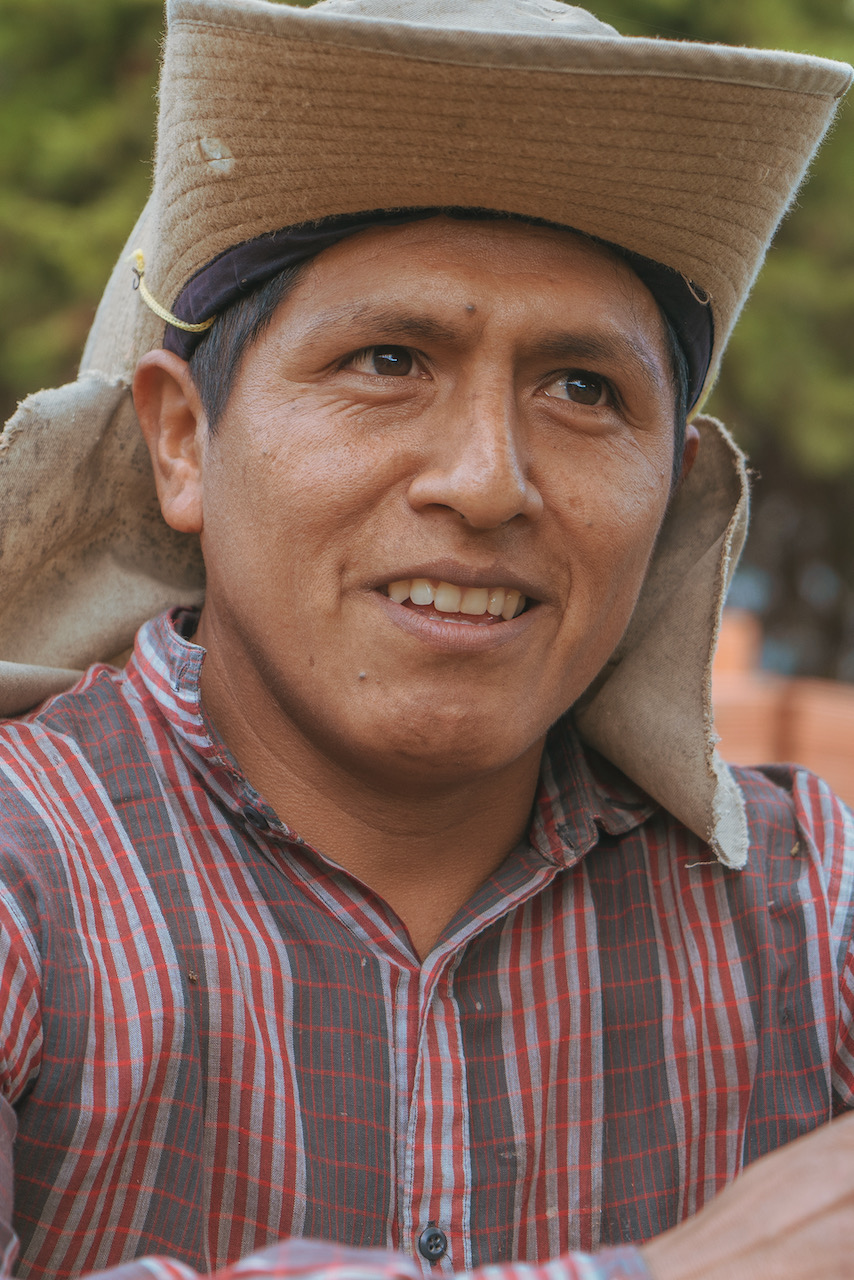
The taste of coffee is not determined by its location
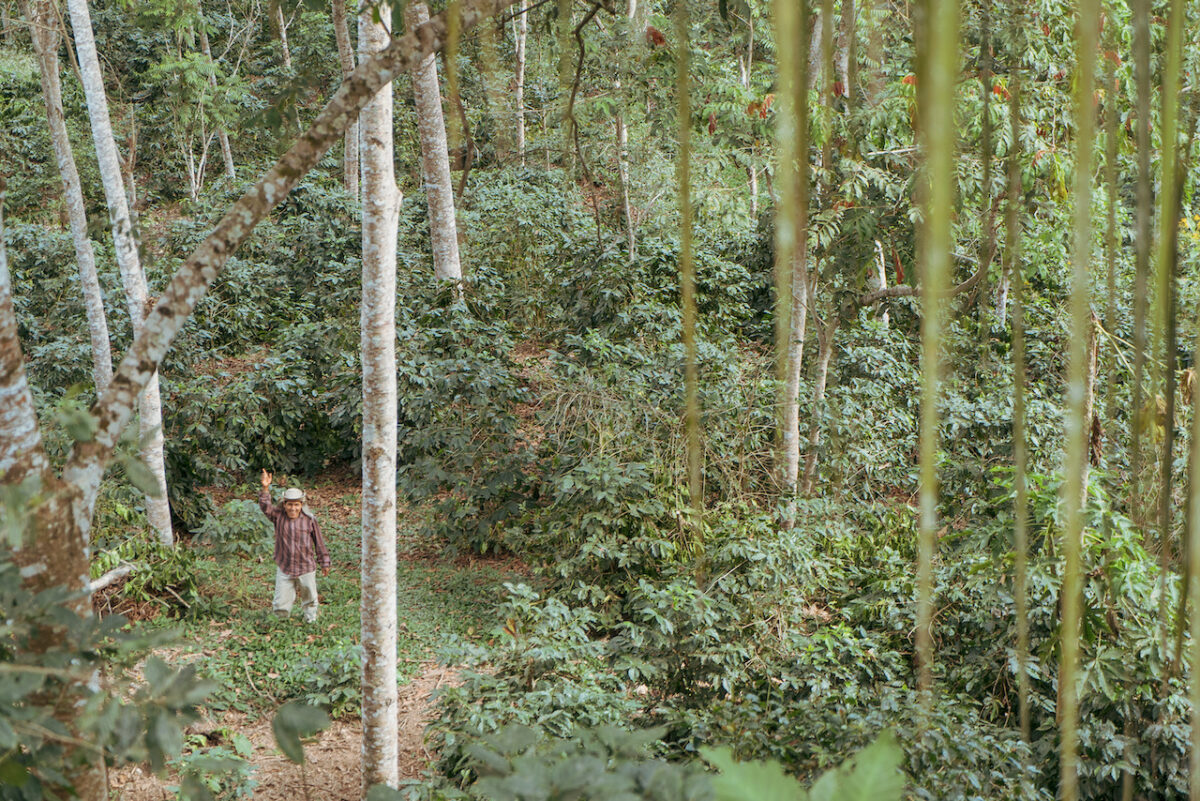
In the Sabaya region at the foot of Mount Uchumachi, Ever Bohorques grows coffee along with tangerines, oranges, and corn. Most of the producers there are commercial coffee farmers, but it’s been about 10 years since Bohorquez started making specialty coffee in the area, realizing you can set better prices with the proper methods. We spoke with Bohorques who through his diligence, won 6th and 8th place at Bolivia’s international coffee competition, the “2021 Presidential Coffee Cup Tournament”.
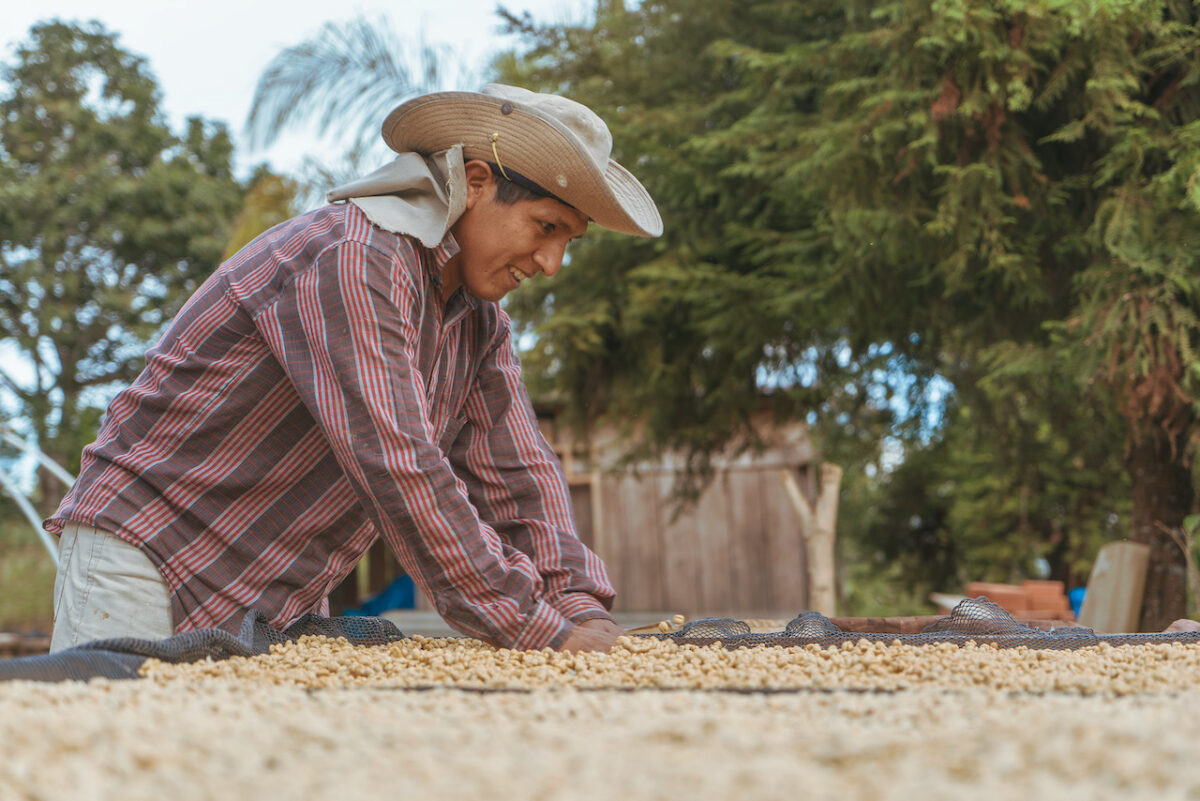
Bohorques looks younger than his age of 41, and his career in coffee production spans more than 20 years. “All I know is coffee”, says Bohorques, who helped his father with farming since he was a child.
It was in 2007 that he moved to his current residence. After about three or four years, he was taught by an outside expert about specialty coffee, which can be sold for two to ten times the price of commercial coffee if you take proper care of it. He then began to move toward his new goal of producing specialty coffee.
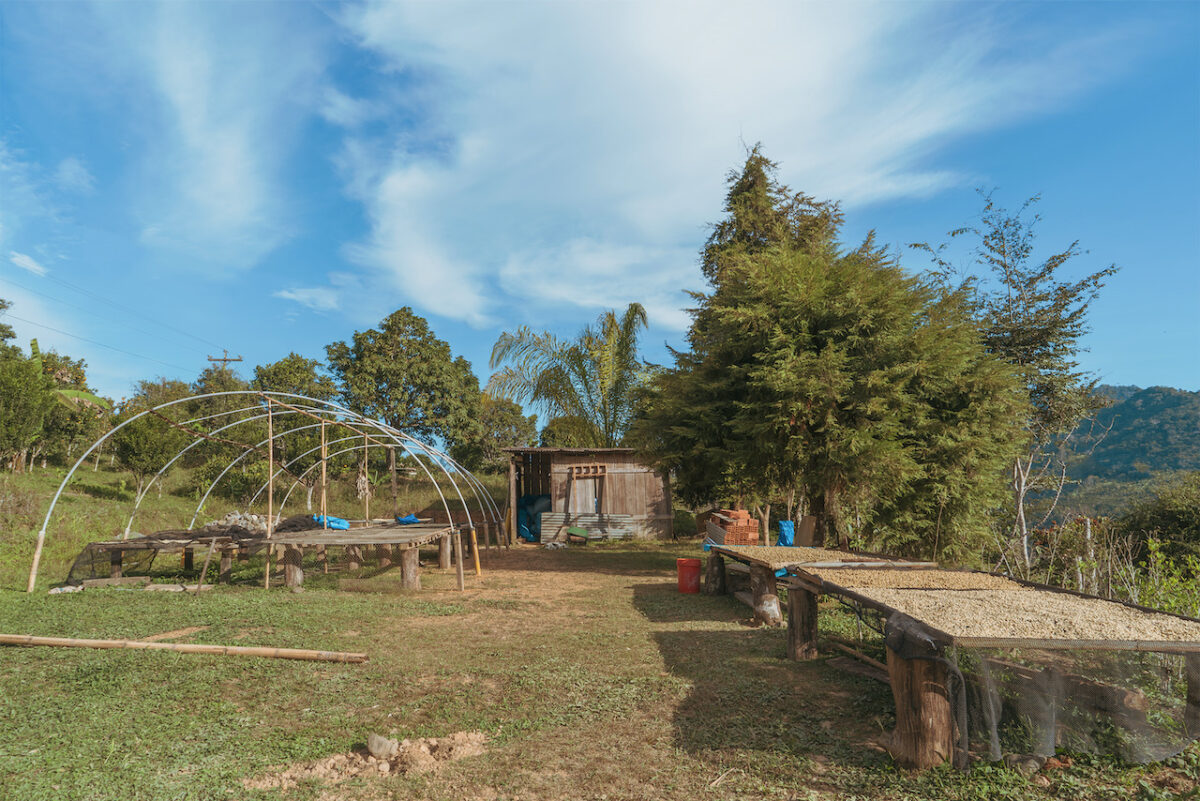
“Last year we built a dome tent to dry the coffee cherries. When it is raining, we use it to cover the coffee cherries so they don’t absorb moisture.”
Specialty coffees are often grown on mountain slopes at altitudes of 1,500 to 2,000 meters because cooler temperatures allow coffee cherries to ripen slower, which increases sugar content and flavor. Bohorques grows his coffee at an altitude of about 1,300 meters, which does not meet these conditions, but he is trying to overcome this disadvantage through strategic adjustments.
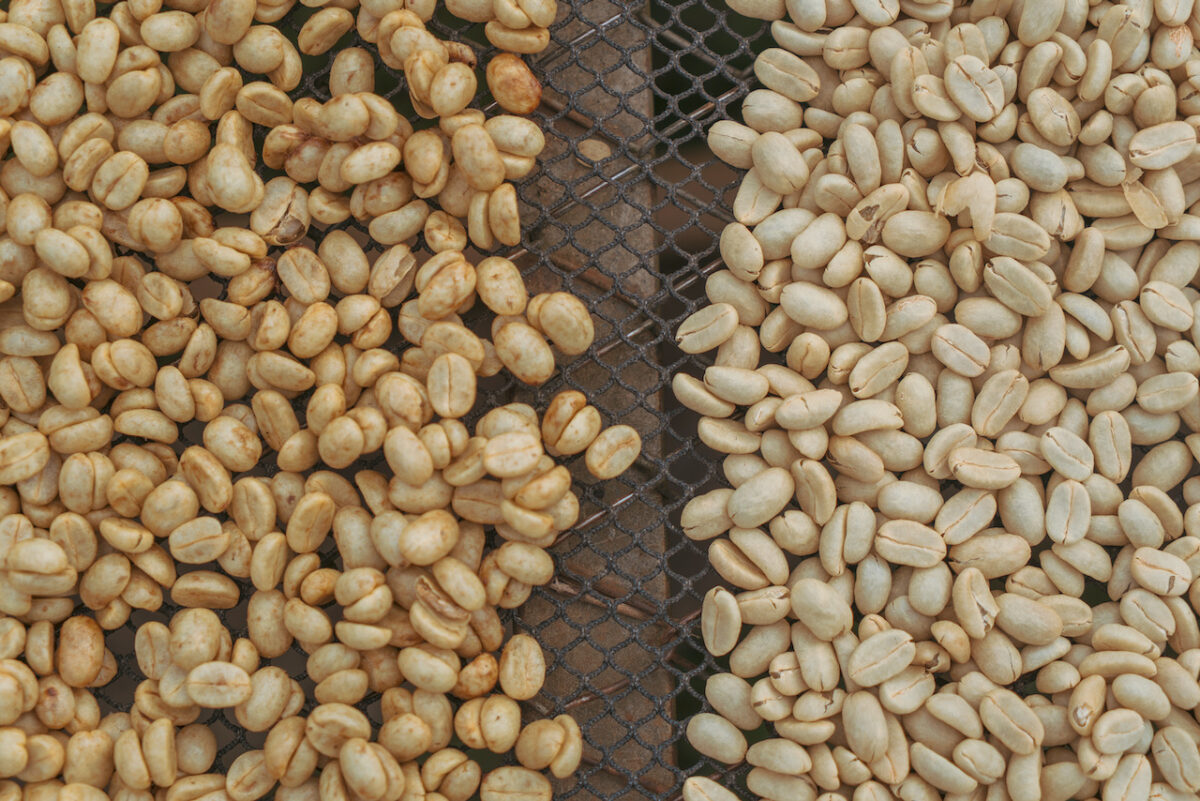
“Generally speaking, coffee is fermented slowly for more than 10 hours to get the best flavor, but here the temperature is so high that it ferments in less than 10 hours. People say, ‘the higher the altitude, the better the coffee,’ but this is not necessarily true. I want to prove that the key to making good coffee is to handle it with care.”
In order to slow down the fermentation speed, Bohorques developed the double tank method. By immersing a small tank which contains water-soaking coffee cherries in a larger, water-filled tank he can keep the temperature as low as possible.
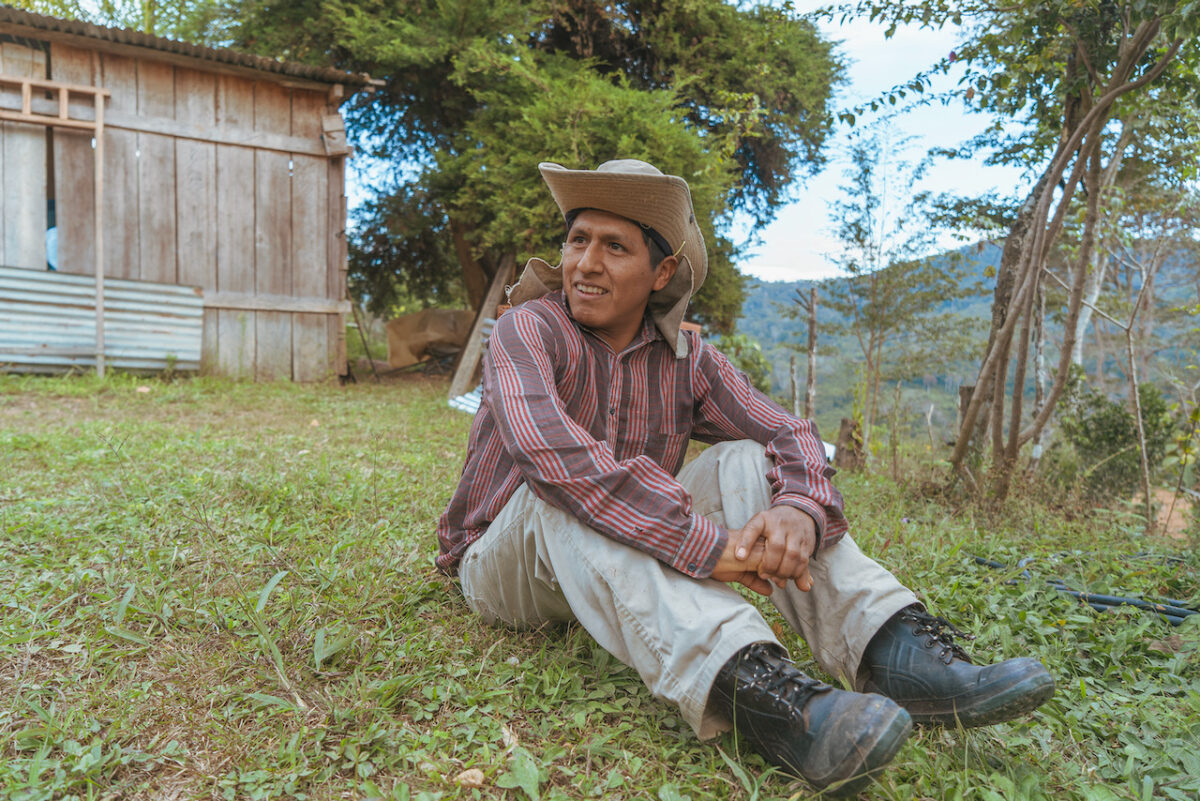
“It’s a lot of work, but making good coffee takes time. We also use different varieties and refining methods to create new flavors.”
He wants to make coffee that will be the go-to choice, a coffee that will become a part of people’s lives. We are sure that Bohorques, who continues to go through trial and error with this in mind, will be able to overcome the obstacles of his external environment and produce delicious coffee.
